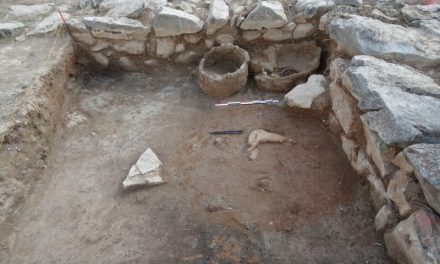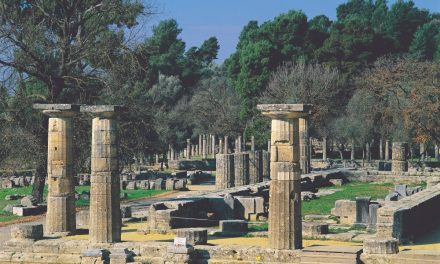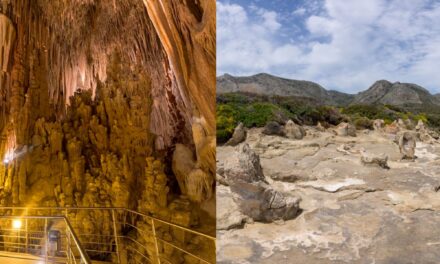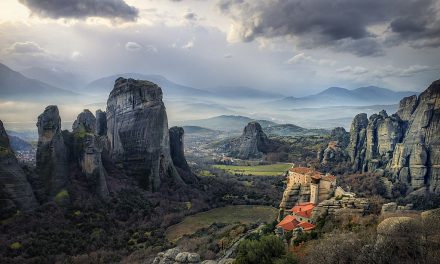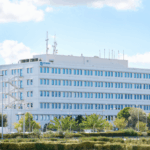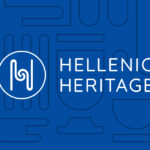The island of Tinos is located in the Cyclades, close to Mykonos, and is mostly famous for the Panagia Evangelistria church and the reputedly miraculous icon of Virgin Mary that it houses. This is, however, not the only landmark closely linked with the island’s cultural identity; the dovecotes that can be found exclusively in the Cycladic islands, and particularly in Tinos, catch the eye with their characteristic structure.
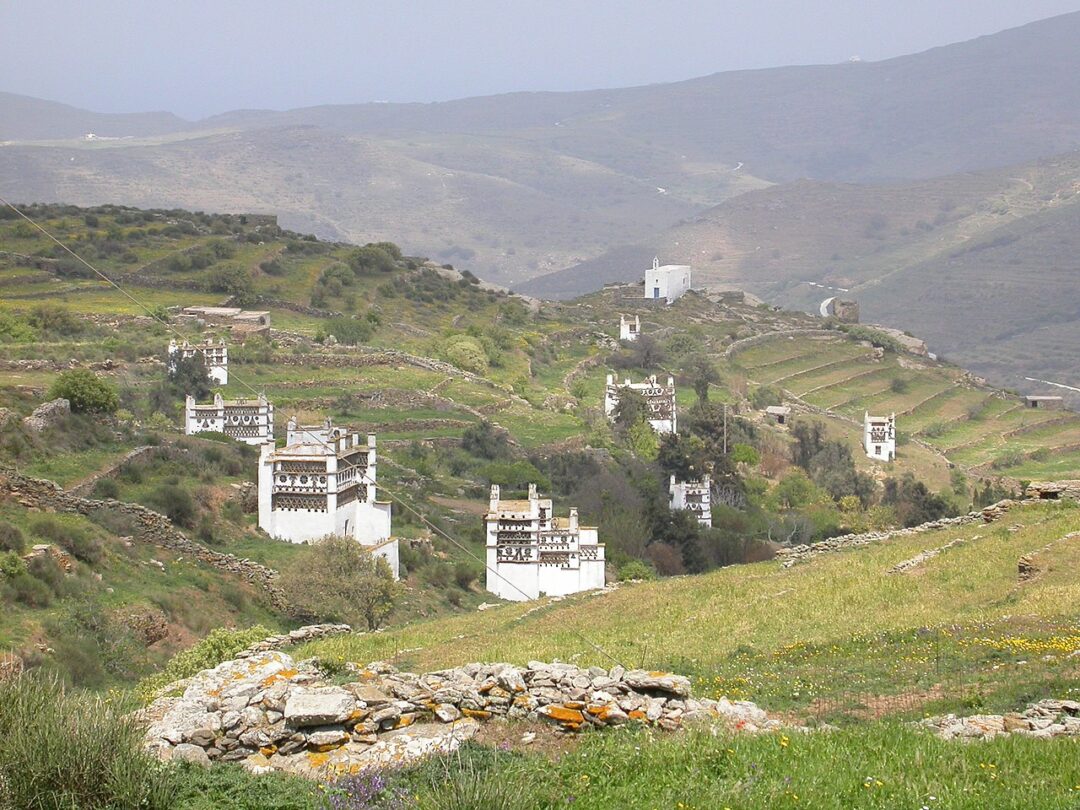
These white-washed, elaborately decorated small buildings, called peristeriones or columbaria (from peristeri and columba, the Greek and Latin word for dove, respectively) are build in slopes sheltered from the strong winds of the Cyclades and close to water sources, such as springs, and their facades are facing towards the open space. Many have two or even three stories, in which case the ground floor is usually of larger dimensions. If the site is not protected enough from the wind, there are one or two side walls, to create a windbreak.
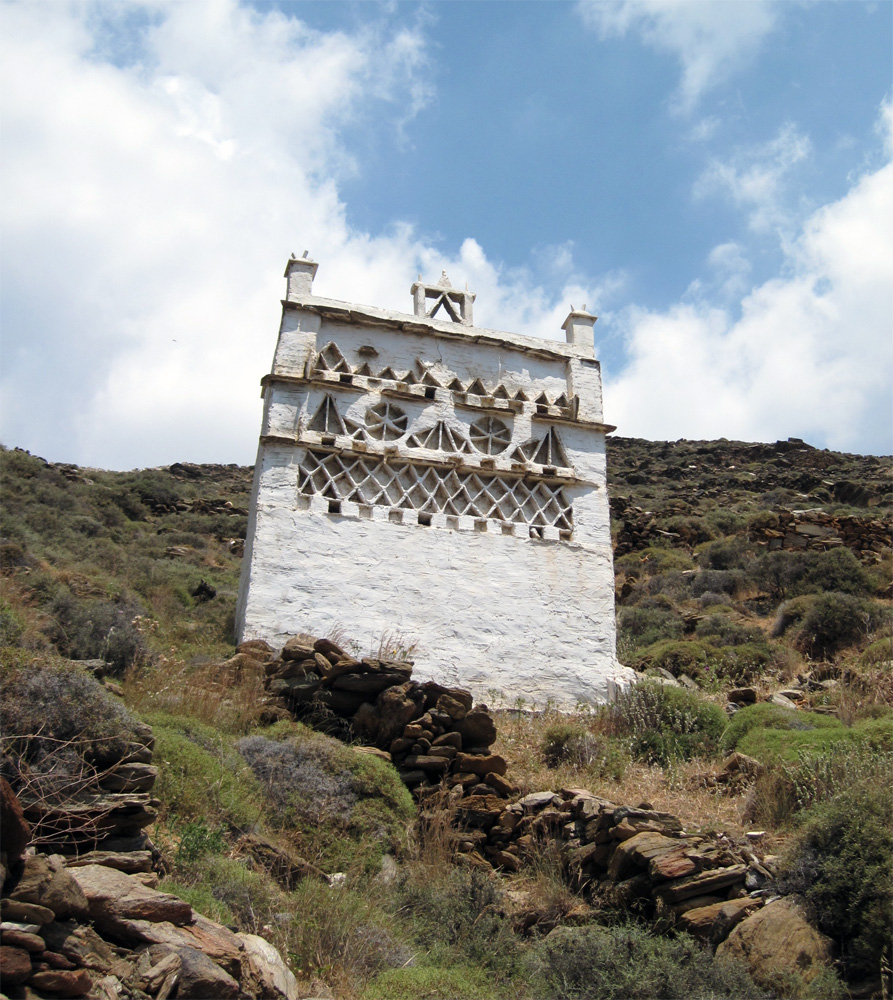
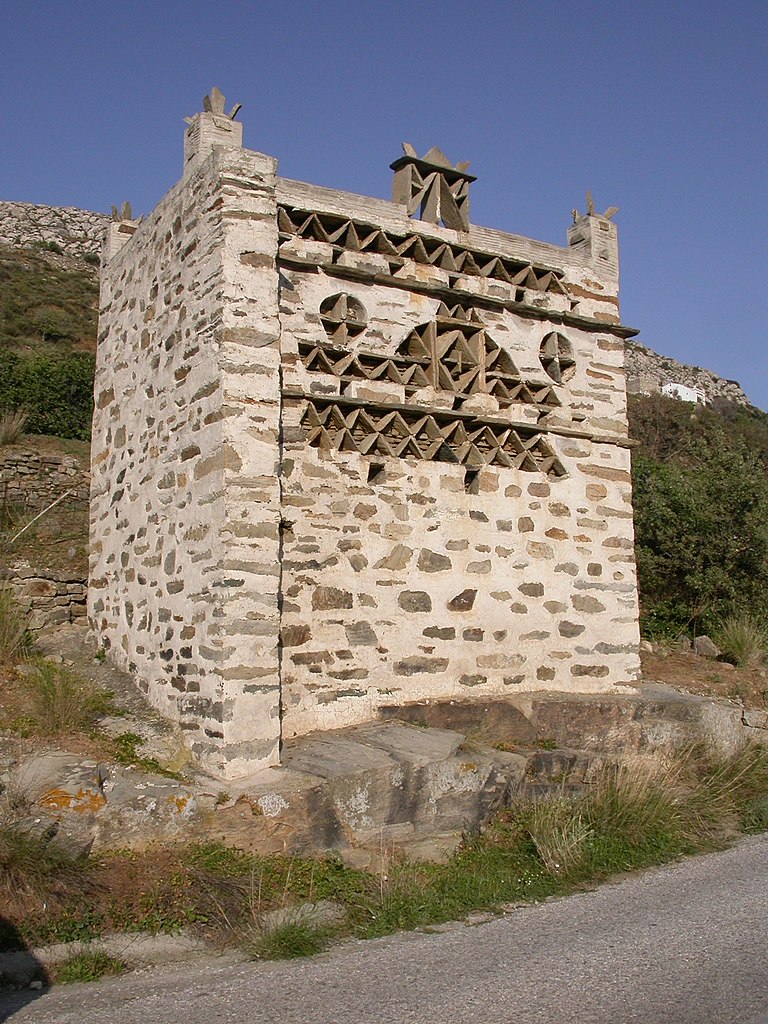
The entrance door is wooden with no cracks to prevent predators who prey on doves and pigeons -such as snakes or rats- from entering the building. The upper part of the dovecote has numerous openings, small enough so that only doves can get in and out, and not larger birds such as crows or others. These pigeon holes are created using slabs of shale, a local fissile rock, often forming various ornamental shapes. The roof is flat, made of clay, and its four corners are always adorned with small pillars.
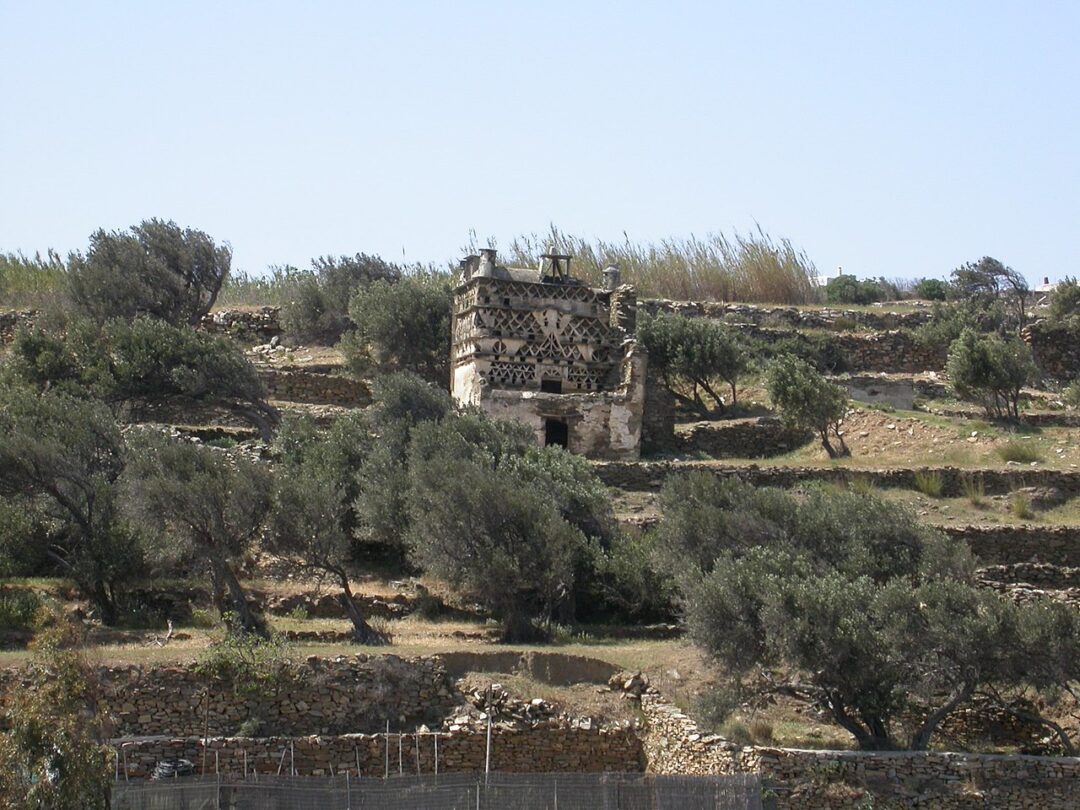
History
In 1207, following the Fourth Crusade, the island of Tinos was occupied by Venetians; first it was seized by the powerful Ghisi family and in 1390 it was bequeathed to the Republic of Venice, which held it until its capture by the Ottomans in 1715. It is believed that pigeon farming was introduced to the island by the Venetians, who kept the birds primailry for their droppings, since bird guano is a highly effective fertilizer, widely used in agriculture until the start of the 20th century.
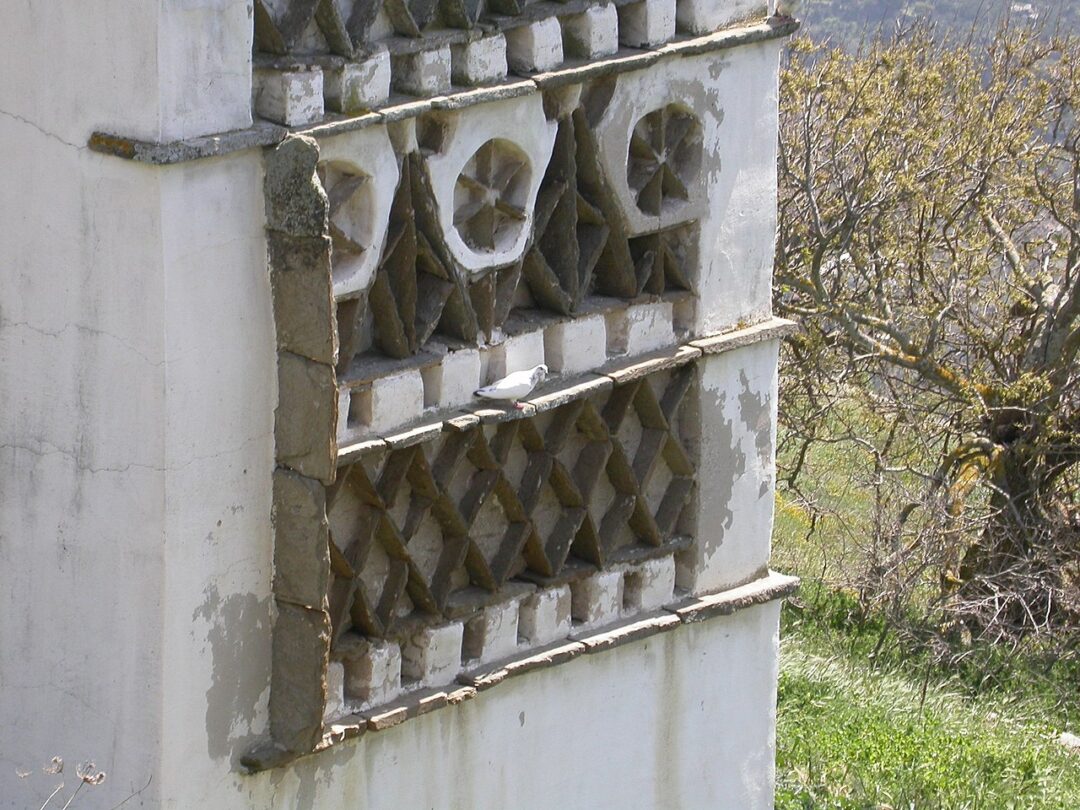
In Medieval Europe, the possession of a dovecote was a symbol of status and was in fact regulated by law. Only nobles had this special privilege, known as droit de colombier. After the island came under Ottoman rule, locals also had the right to keep pigeons, as long as they owned land. Many dovecotes were built in Tinos in the 18th and 19th centuries, and locals kept pigeons not just for the guano but also for their meat. Today, the island is home to more than 1000 dovecotes.
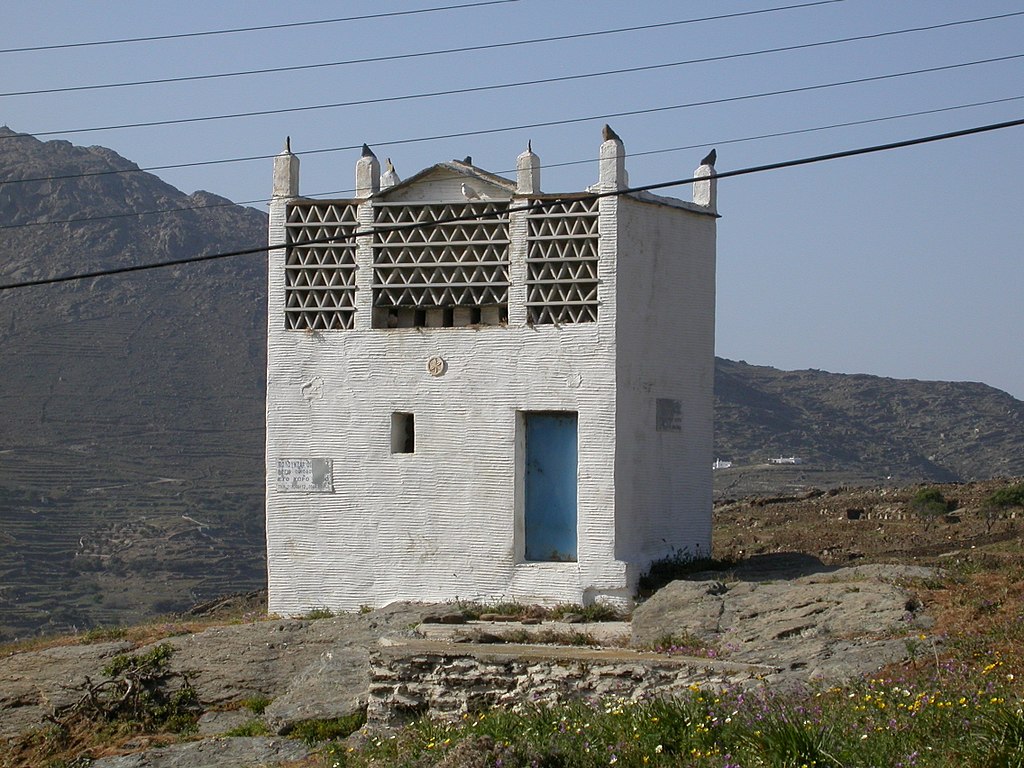
In 2021, a book was published under the title The Dovecotes of Tinos. Strolling Through the Craft of Stonemasonry in 1955; it contains a selection of notes by Manuel Baud-Bovy, a student of the Geneva School of Architecture who visited Tinos for the first time in 1955, and was impressed by these peculiar structures. He explored the island and recorded hundreds of dovecotes. Another book on the subject had been published in 2020: The complete listing of the dovecotes of Tinos by Manthos Prelorentzos.
TAGS: ARCHITECTURE | CULTURE

